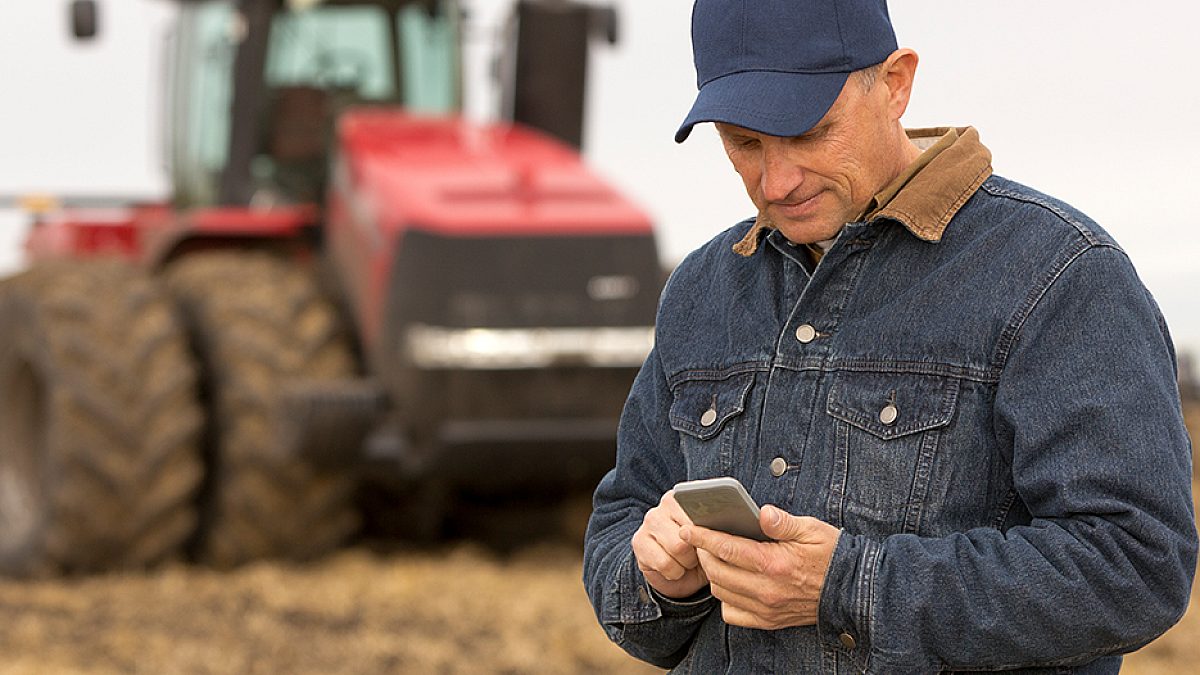All I Want for Christmas is Rural Broadband
Guest Author
Special Contributor to FB.org

photo credit: Getty Images
Guest Author
Special Contributor to FB.org
By Sarah Hetke @WIFarmBureau
As I sat in my car outside a coffee shop 45 minutes away from my parents’ house, I couldn’t help but feel the anger and frustration swell inside of me. Why can’t we get access to high-speed internet? How are we supposed to complete our work tasks without access to rural broadband? Why do so many rural residents have to suffer lack of connectivity in a digital era?
Trying to lighten my mood a little, I took a Snapchat showcasing my situation and thought of a humorous, yet genuine caption, “All I want for Christmas is access to rural broadband."
Rural broadband access has been an issue for years but has really come to light as the COVID-19 pandemic forced a virtual world upon many of us.
Unfortunately, my family is not alone in this battle.
Rural broadband access has been an issue for years but has really come to light as the COVID-19 pandemic forced a virtual world upon many of us. The FCC estimates that 19 million Americans lack access to high-speed internet. In rural areas, it is estimated that nearly a quarter of the population lacks access to broadband.
For residents in urban locations, this wasn’t such a large hurdle. Those who already had access to quality internet could almost seamlessly transition to remote work, video calls and streaming entertainment. For families like mine, it can be a struggle just to send an email and nearly impossible to join video calls or download large files.
Because we are unable to get connected to traditional internet services, my parents have purchased a mobile hotspot with 15GB of data each month to be used across personal cell phones and for computer work. I recently spent some time at home and after four days of my dad and I struggling to work remotely, we had used 90% of our monthly data allowance. In a town of less than 2,000 residents we don’t have a local coffee shop nor do we have a public location to access internet due to COVID-19 restrictions and building closures.
In a world where we are required to meet via video call and communicate electronically more than ever, I am left wondering why rural residents are left behind as urban areas continue to see faster internet speeds and better connectivity.
COVID-19 has not only impacted our work communications, but our personal interactions as well. Large and even small group gatherings have gone by the wayside and in their place are virtual gatherings, celebrations and check-ins with friends. The holiday season is meant to be a time to gather with friends and family and celebrate with love, laughter and a delicious meal or two.
With Thanksgiving in the rear-view mirror, we continue to be urged to celebrate upcoming holidays virtually. With no connection to broadband, poor connection or data limits, something as simple as seeing loved ones on a video call is nearly, if not completely impossible. It only isolates our rural residents more.
On Dec. 24, I’ll be staying up all night waiting for Santa to arrive in order to tell him, “All I want for Christmas is rural broadband.”
Sarah Hetke is director of communications at the Wisconsin Farm Bureau Federation. This column was originally published by WFBF and is republished with permission.
Trending Topics
VIEW ALL